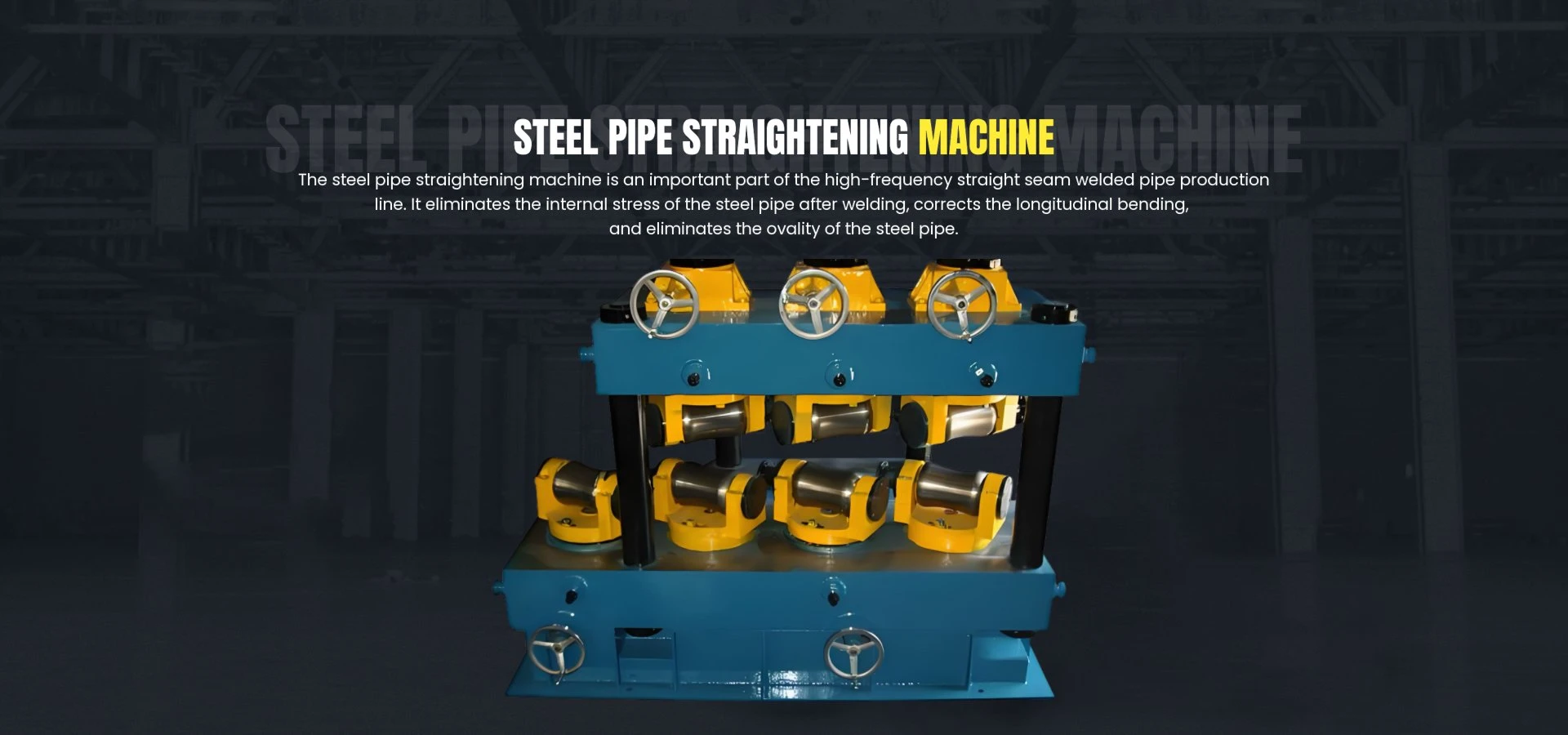seamless pipe manufacturing machinery
Seamless Pipe Manufacturing Machinery An Overview
In the modern industrial landscape, the need for high-quality seamless pipes is more critical than ever. These pipes, renowned for their strength and durability, find applications across various sectors, including oil and gas, construction, automotive, and more. The manufacturing process of seamless pipes is complex, involving sophisticated machinery designed to ensure precision and efficiency. In this article, we will delve into the key aspects of seamless pipe manufacturing machinery and the technologies employed in this essential process.
Understanding Seamless Pipes
Seamless pipes are produced without any welding, offering enhanced structural integrity. They are manufactured through processes that involve solid steel billets, which are heated and then shaped into tubular products. Due to this manufacturing method, seamless pipes boast improved stress resistance and are less prone to failure under high pressure, making them ideal for critical applications.
The Manufacturing Process
The production of seamless pipes generally follows a streamlined process that includes the following stages
1. billet Preparation The first step involves selecting high-quality steel billets. These are heated in a furnace to a temperature of around 1200 degrees Celsius, making them malleable for subsequent forming processes.
2. Piercing Once the billets are heated, they are placed in a piercing mill where they undergo a specific operation to create a hollow tube. This is achieved by using a piercing tool that applies a considerable amount of pressure to transform the solid billet into a hollow section.
3. Elongation Following the piercing, the hollow tubes are elongated through a series of rolling mills. This process increases the length of the pipe while reducing its wall thickness, ensuring that the final product meets required specifications.
4. Finishing After elongation, the pipes are subjected to several finishing processes, which may include further rolling, threading, and cutting to specific lengths. This step is crucial to ensure the pipes meet exact dimensions and surface quality standards.
5. Heat Treatment To enhance the mechanical properties of the seamless pipes, heat treatment processes such as normalizing or quenching may be employed. These treatments improve strength, ductility, and toughness.
seamless pipe manufacturing machinery

6. Inspection and Testing Finally, the pipes undergo rigorous inspection and testing for quality assurance. Non-destructive testing methods, such as ultrasonic testing or radiographic tests, are commonly employed to identify any internal or external flaws.
Machinery Involved in Seamless Pipe Production
The seamless pipe manufacturing process requires a variety of specialized machinery. The key types include
- Billet Convection Furnaces These furnaces are designed to uniformly heat billets, ensuring consistent forging and shaping during the piercing process.
- Piercing Mills Equipped with powerful hydraulic systems, piercing mills are crucial for creating the initial hollow section. They are designed to handle high pressure and heat.
- Rolling Mills These machines are essential for elongating the hollow pipes. They operate with precision rollers that ensure uniform wall thickness and diameter.
- Heat Treatment Furnaces These furnaces provide controlled heating for alloying the steel, allowing manufacturers to tailor the mechanical properties of the final product.
- Inspection Equipment Advanced inspection systems, including ultrasonic and eddy current testing machines, ensure that the seamless pipes are defect-free and meet industry standards.
Conclusion
Seamless pipe manufacturing is a highly technical process that relies on advanced machinery to produce high-quality products essential for numerous industries. The integration of modern technology and innovation in production methods not only increases efficiency but also improves the overall quality of the pipes. As industries evolve and demand rises, the seamless pipe manufacturing machinery will undoubtedly continue to adapt, ensuring that it meets the increasingly complex requirements of a dynamic market. This commitment to innovation in seamless pipe production is paramount to sustaining industrial growth and meeting global demands.
-
High Frequency Straight Seam Welded Pipe Production Line|BzZhou Xinghua|Precision Welding&EfficiencyNewsJul.30,2025
-
High Frequency Straight Seam Welded Pipe Production Line - BzZhou Xinghua|Precision Engineering&EfficiencyNewsJul.30,2025
-
High-Frequency Straight Seam Welded Pipe Production Line-BzZhou Xinghua Machinery Equipment Manufacturing Co., LTD.NewsJul.30,2025
-
High-Frequency Straight Seam Welded Pipe Production Line-BzZhou Xinghua Machinery Equipment Manufacturing Co., LTD.|Precision Manufacturing, High EfficiencyNewsJul.30,2025
-
High Frequency Straight Seam Welded Pipe Production Line-BzZhou Xinghua Machinery Equipment Manufacturing Co., LTD.|Precision Steel Pipe Manufacturing&Industrial EfficiencyNewsJul.29,2025
-
High-Frequency Straight Seam Welded Pipe Production Line-BzZhou Xinghua Machinery Equipment Manufacturing Co., LTD.|Precision Steel Pipe Manufacturing&Industrial EfficiencyNewsJul.29,2025


